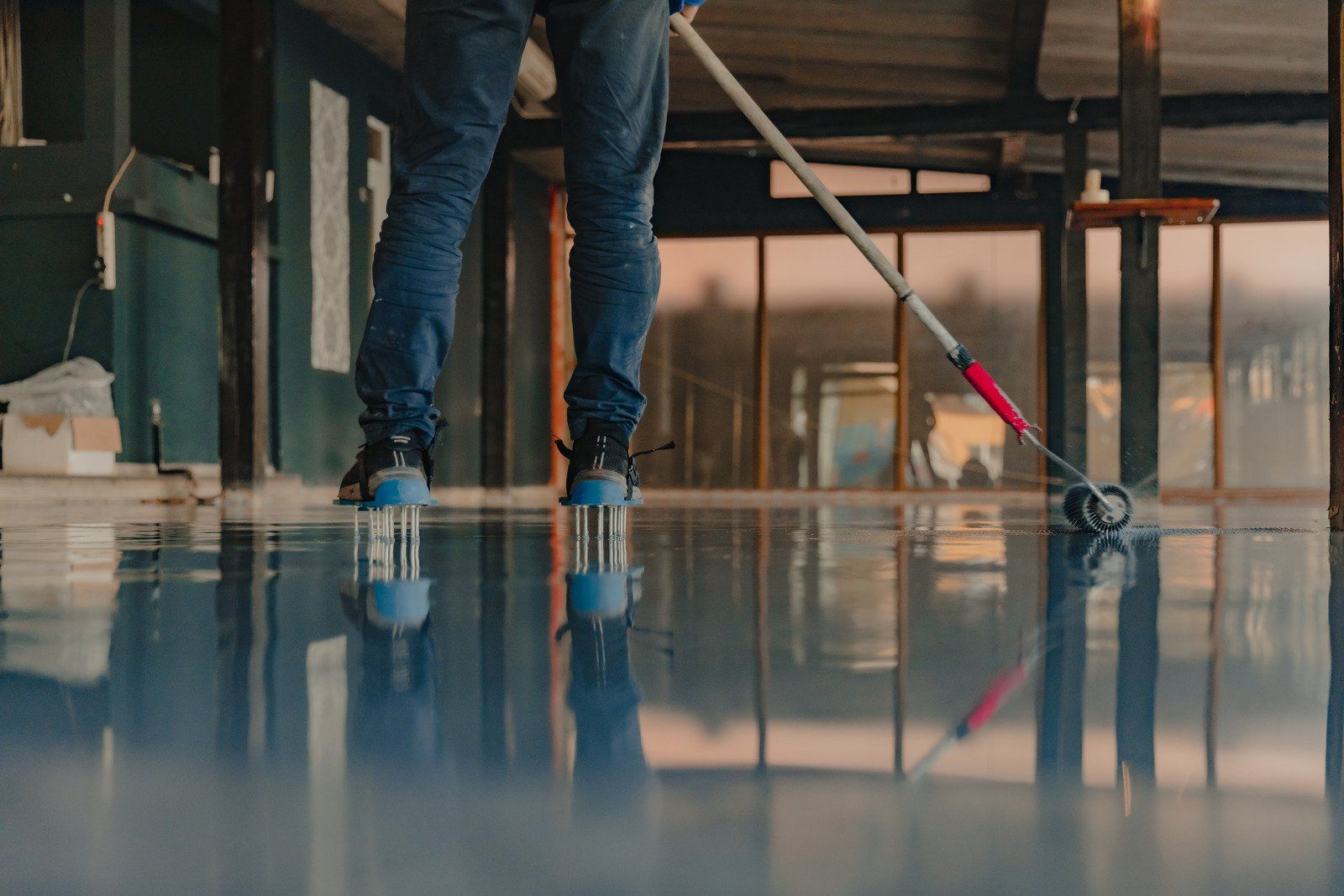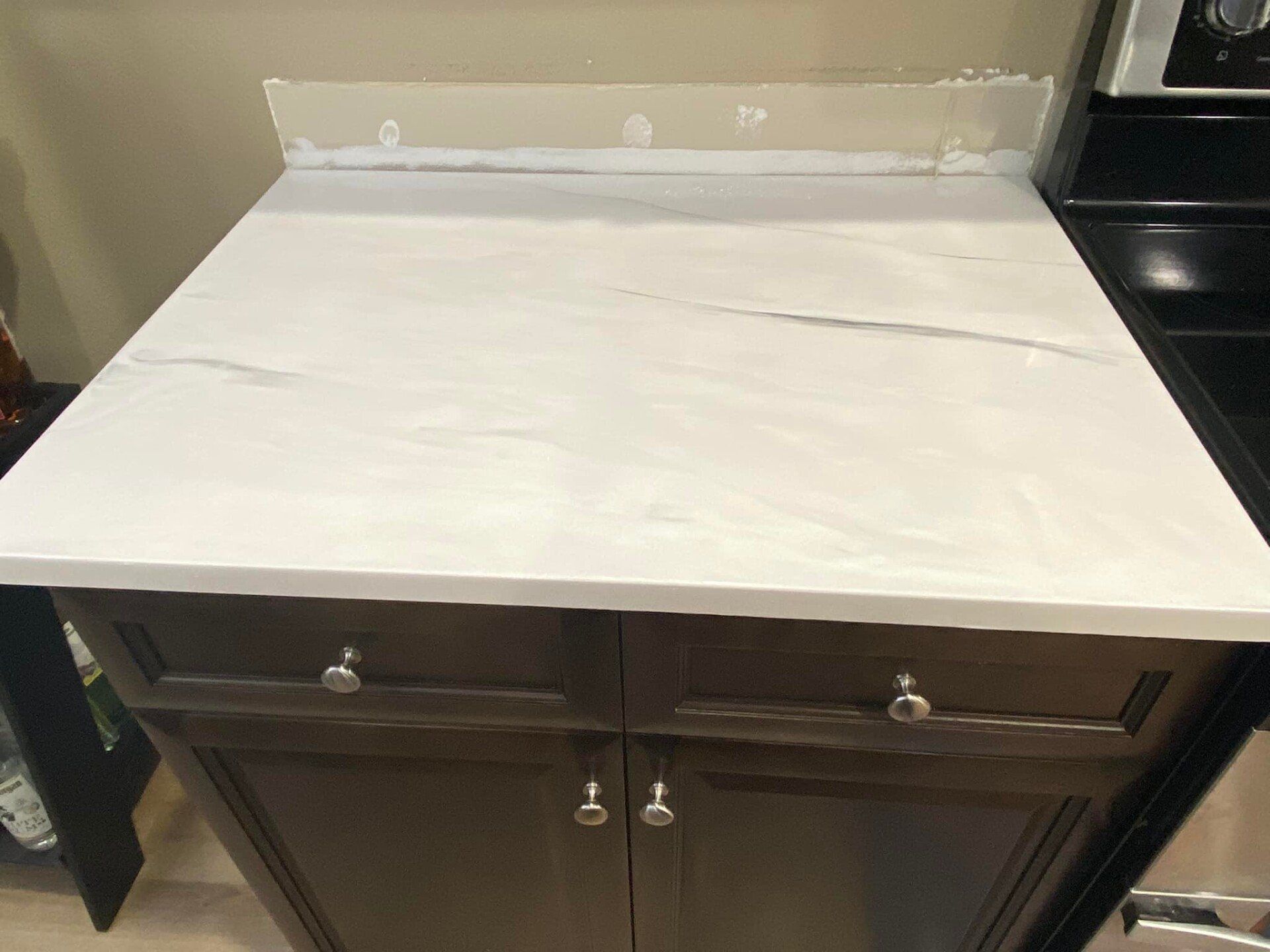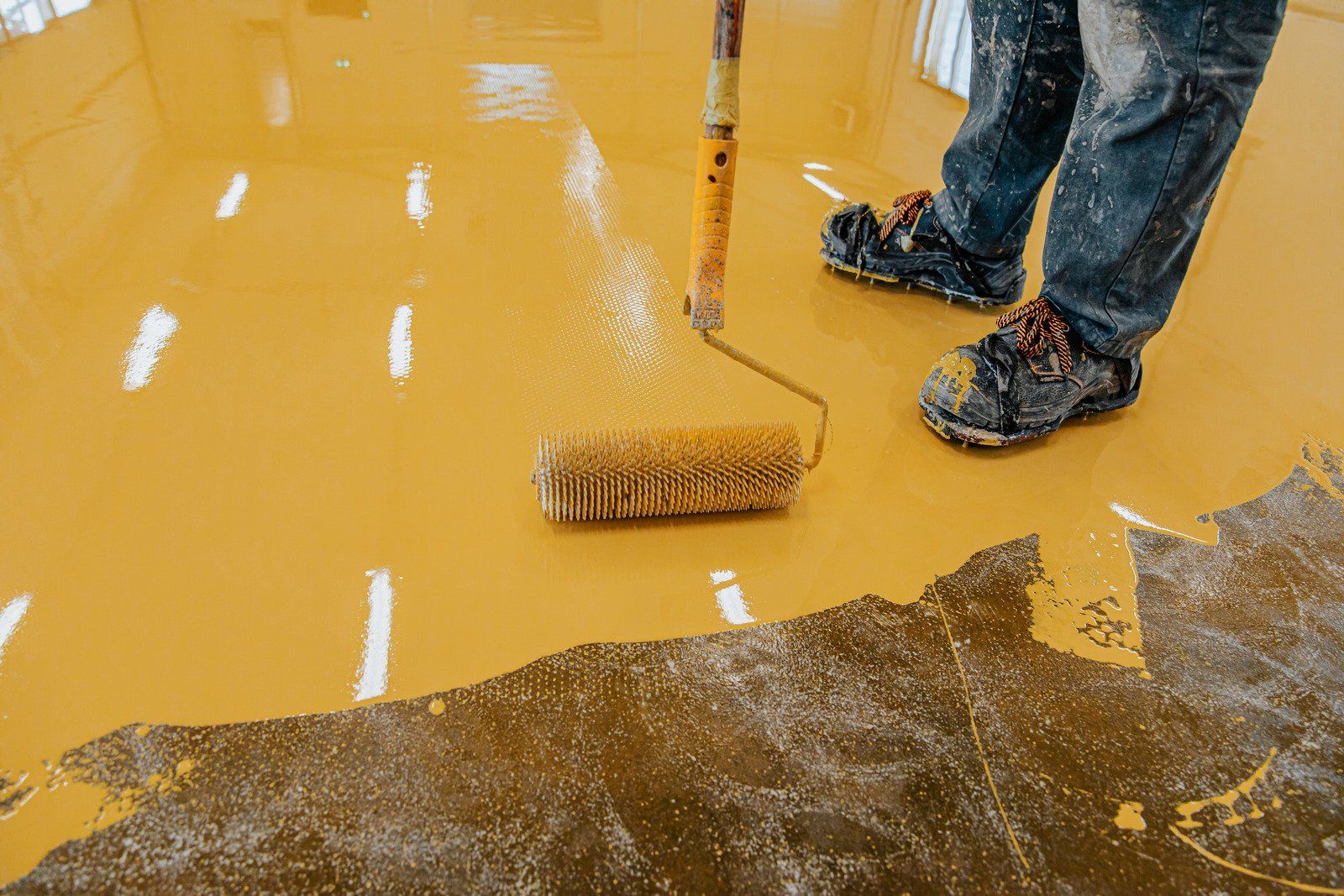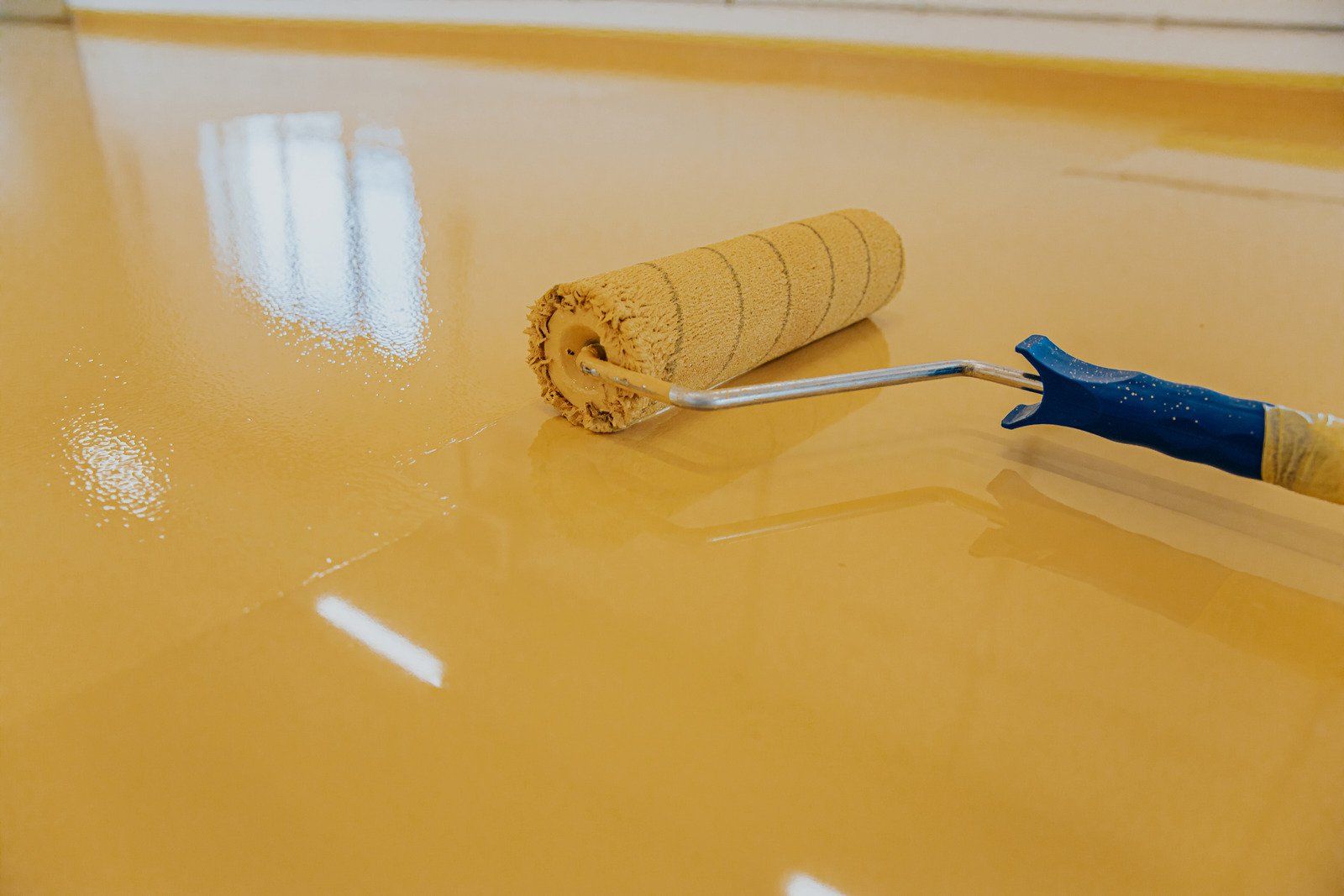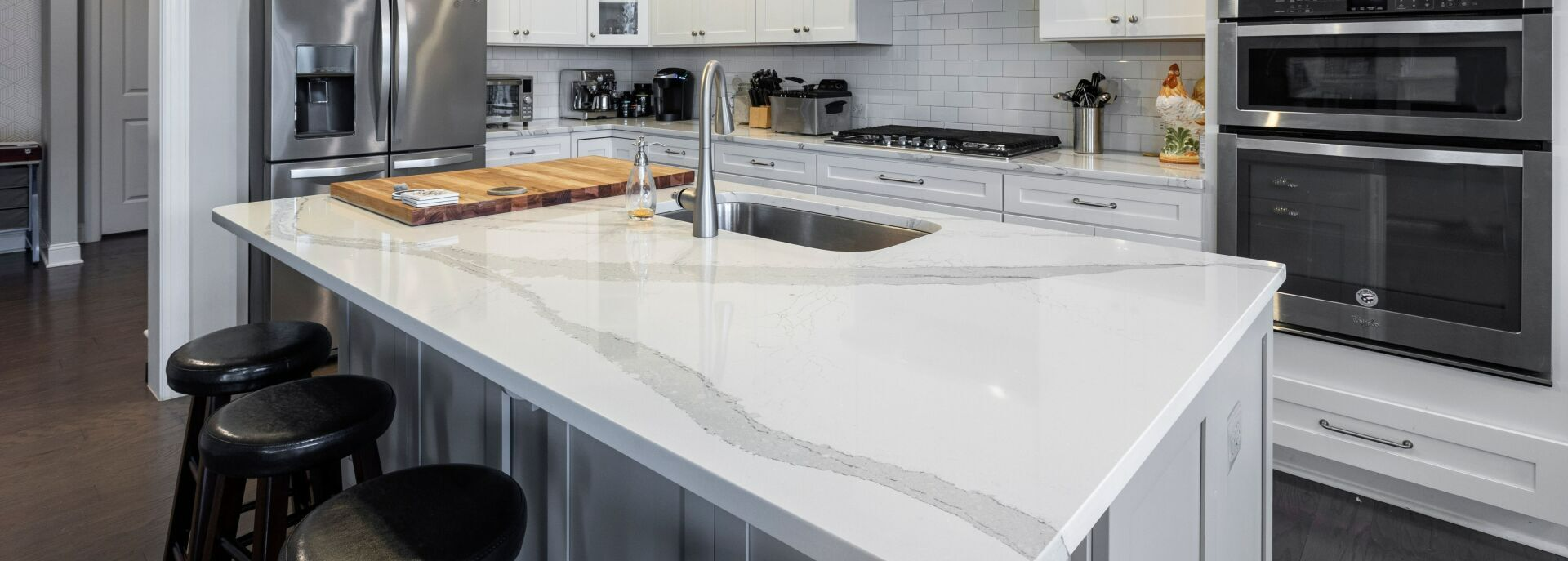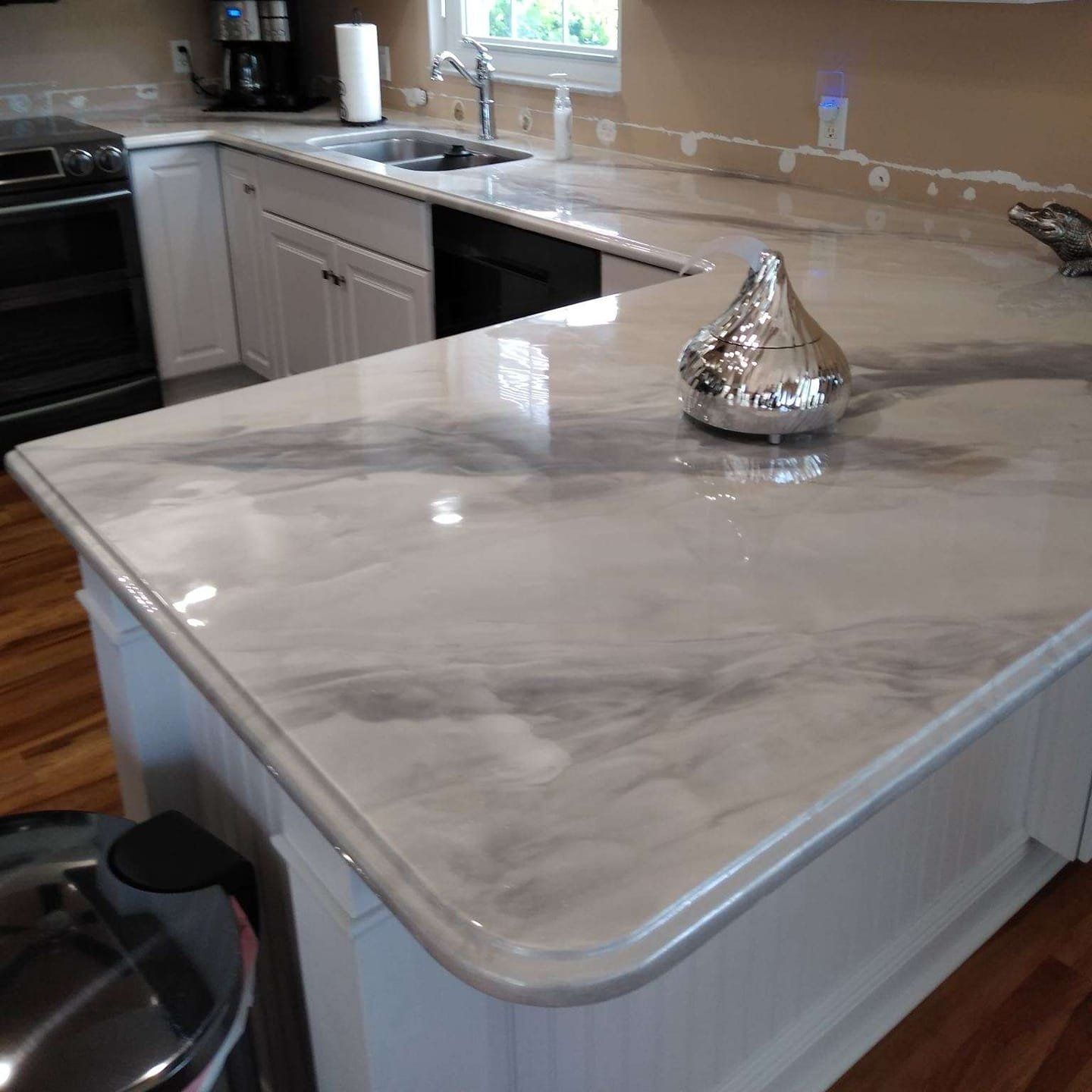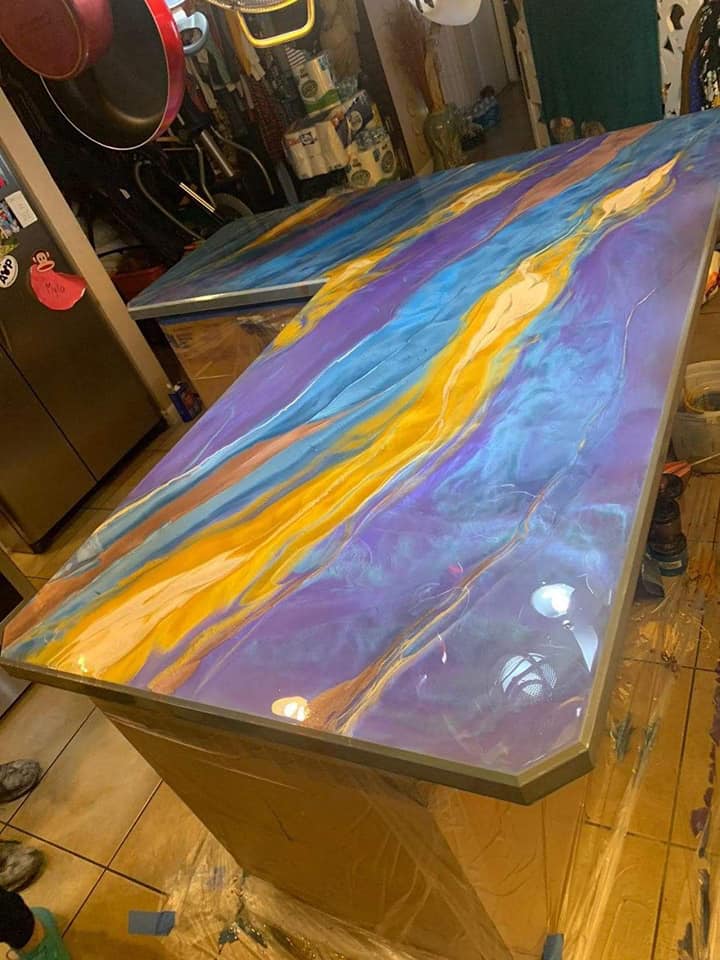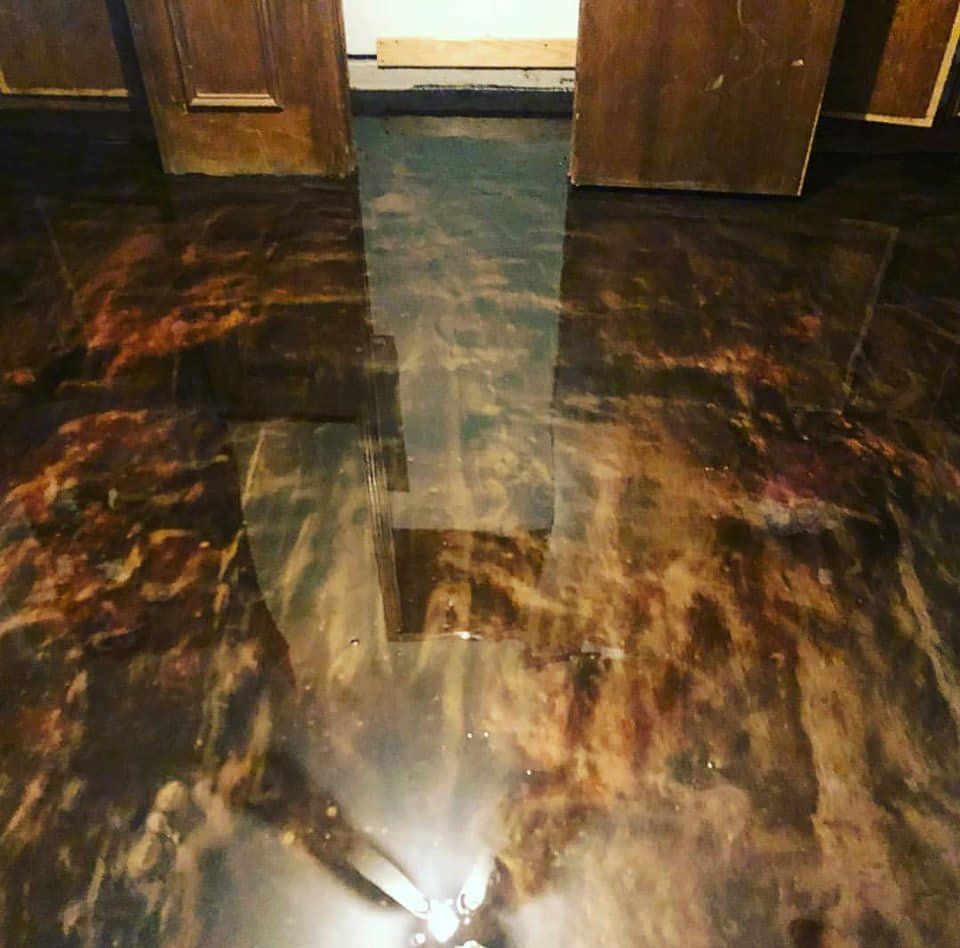Understanding The Difference Between One-Component Pure Epoxy And Two-Component Pure Epoxy
Epoxy resin is versatile and used for multiple applications due to its incredible properties and the benefits offered. Epoxy coatings are used in commercial, residential, and industrial settings. They are ideal for finishing flooring, countertops, and furniture. Choosing the right epoxy resin and its correct application is essential to achieving the desired finish.
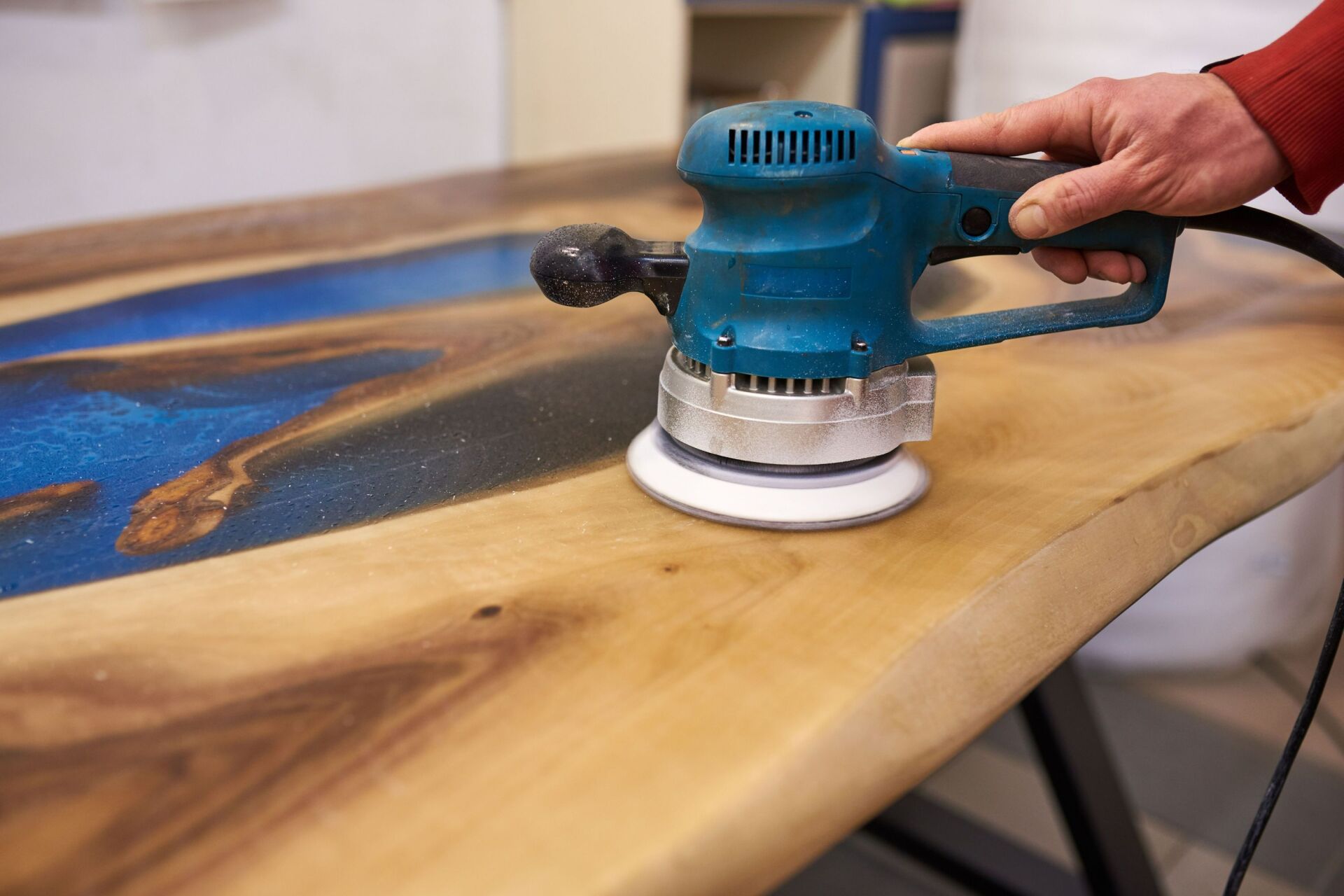
Epoxy resin is used for adhesive purposes due to its strong properties. It is a durable coating and sealant product suitable for use with metal, wood, or glass. Epoxy coating is non-toxic, durable, weather, impact, and chemical resistant, and easy to clean and maintain.
This article focuses on the two types of pure epoxy resins, one-component, and two-component. It is essential to understand the difference between the two before picking the best one for your project.
One-component pure epoxy
One-component epoxy resin is pre-mixed and can be used straight out of the container or tube. It eliminates the need for mixing, degassing, or metering. However, it requires extreme heat for curing. Therefore, this type of epoxy comes with a heating element called an initiator (to initiate the curing process). One-component epoxy dries quickly. If the epoxy requires induction curing, the curing time is around 5 to 7 seconds at a temperature between 325 degrees Fahrenheit and 400-degrees Fahrenheit. One-part epoxies are simple to apply and reduce waste. They provide higher resistance to high temperatures and chemicals and offer great strength. However, one-component epoxy costs more than two-component epoxy and forms a slightly weaker bond.
Two-component pure epoxy
Two-component pure epoxy is the most commonly used. It consists of the epoxy and the hardening agent and requires thorough mixing to eliminate the air bubbles. When the two epoxy parts are mixed, it leads to an exothermic reaction that triggers curing. Two-component epoxies are versatile in application and performance. While it is easy to cure this type of epoxy at room temperature, raising the temperature can speed up the curing process. Depending on the curing agent, most epoxies will solidify in 2 to 3 hours at room temperature. You can add a catalyst to speed up the reaction. A curing time of 5 to 7 days at room temperature is essential for all epoxies before stress or strength testing.
Two-component epoxy resins allow for endless modifications, have impressive bonding strength, and are excellent at resisting outside forces, impact, high pressure, wear, oil, moisture, and several solvents. They are versatile and available in countless colors.
Which is better? One-component or two-component epoxy resin
For home and DIY use, two-component epoxy is a better choice. It can bond together anything and is beneficial for strengthening wood. The intense chemical reactions by mixing two components help achieve the strongest bond. Also, two-component epoxy is curable at room temperature, eliminating the need for a special curing agent. On the other hand, one-component epoxy resin eliminates the need to keep an eye on the mixing ratio. They are excellent for assembly lines and are easier to use in an equipment manufacturing operation.
A
professional and reliable epoxy company can help decide the best epoxy resin based on the application. Pros can assist in attaining the best finish for your floors, countertops, or furniture.
